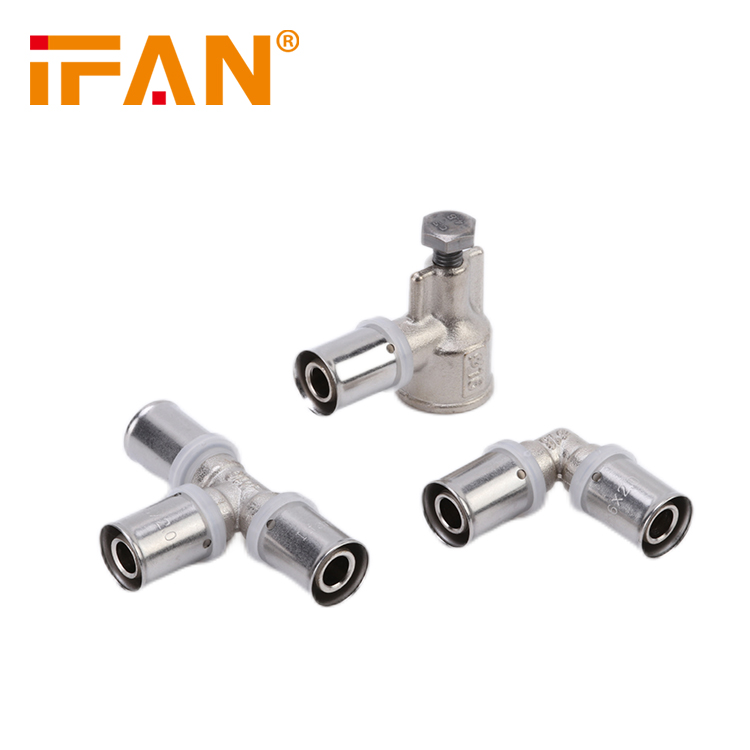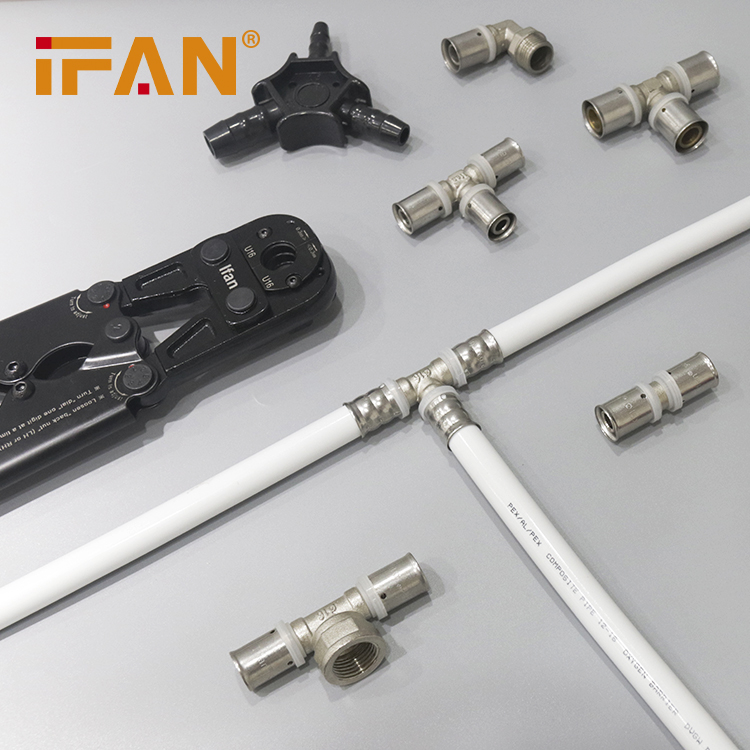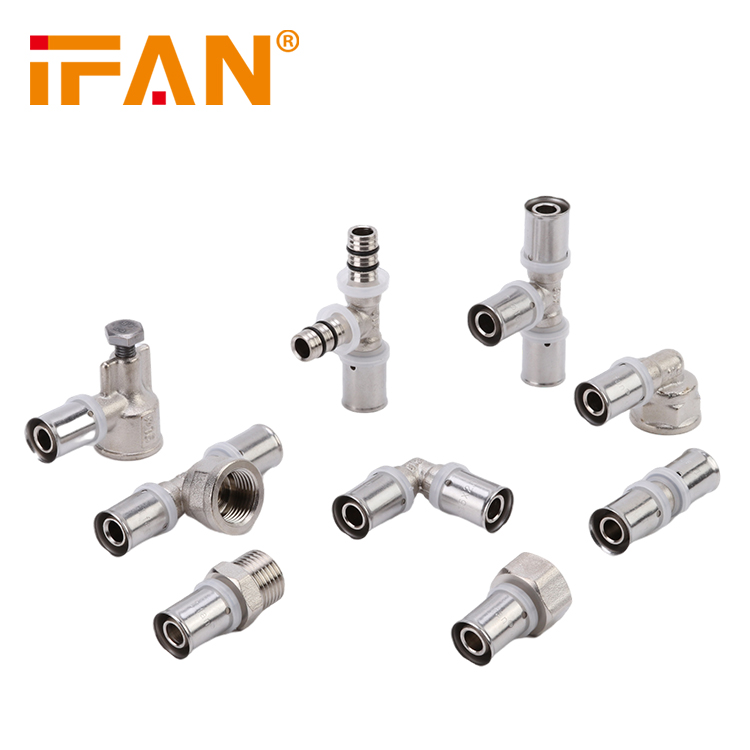PEX Press Polymer Fittings: An Overview of a Reliable Plumbing Solution
PEX press polymer fittings are a popular and reliable choice for connecting PEX (cross-linked polyethylene) pipes in plumbing systems. This overview provides a comprehensive understanding of PEX press polymer fittings, including their composition, advantages, installation process, and applications.
Composition of PEX Press Polymer Fittings
PEX press polymer fittings are made from a combination of high-quality polymer materials, typically polyphenylsulfone (PPSU) or poly-alloy. These materials are chosen for their excellent durability, chemical resistance, and ability to withstand high-pressure environments. The fittings feature an o-ring or sealing element made of EPDM rubber, ensuring a watertight seal when compressed.

Advantages of PEX Press Polymer Fittings
PEX press polymer fittings offer numerous advantages over traditional plumbing fittings:
- Reliable Performance: PEX press polymer fittings provide a reliable and leak-free connection. The compression of the o-ring creates a secure seal, minimizing the risk of water damage and costly repairs.
- Easy and Efficient Installation: The installation process for PEX press polymer fittings is simple and efficient. With the use of a specialized press tool, the fitting is securely pressed onto the PEX pipe, eliminating the need for complex soldering or threading techniques.
- Versatility in Application: PEX press polymer fittings are suitable for a wide range of plumbing applications, including potable water systems, radiant heating, hydronic heating, and snow melting systems. They are compatible with various PEX pipe sizes.
- Corrosion Resistance: The polymer material used in PEX press fittings is highly resistant to corrosion, ensuring longevity and durability in plumbing systems.

Installation Process of PEX Press Polymer Fittings
The installation process for PEX press polymer fittings involves the following steps:
- Prepare the Pipe: Cut the PEX pipe to the desired length using a PEX pipe cutter. Ensure the pipe end is clean and free from debris.
- Insert the Fitting: Slide the PEX press polymer fitting onto the pipe, ensuring it is fully inserted and seated securely.
- Position the Press Tool: Place the jaws of the press tool over the fitting, aligning them correctly.
- Apply Pressure: Activate the press tool to initiate the pressing process. The tool applies controlled force to compress the o-ring, creating a reliable and watertight connection.
- Inspect the Connection: After pressing, visually inspect the connection to ensure proper compression and alignment. The fitting should exhibit visible indicators, such as press tool marks or a color-changing o-ring, indicating a successful connection.
Applications of PEX Press Polymer Fittings
PEX press polymer fittings find applications in various plumbing systems, including:
- Residential Plumbing: PEX press polymer fittings are commonly used in residential plumbing systems for water supply lines, distribution systems, and radiant heating.
- Commercial Plumbing: PEX press polymer fittings are suitable for commercial plumbing projects, including office buildings, hotels, schools, and hospitals.
- Hydronic Heating Systems: PEX press polymer fittings are ideal for hydronic heating systems, ensuring efficient heat transfer throughout the system.
- Potable Water Systems: PEX press polymer fittings provide a safe and reliable connection for potable water systems, meeting the necessary standards for clean water supply.
Conclusion
PEX press polymer fittings offer a reliable, efficient, and versatile solution for connecting PEX pipes in plumbing systems. Their composition, which includes durable polymer materials and EPDM rubber o-rings, ensures a secure and watertight seal. With advantages such as easy installation, compatibility with various applications, and corrosion resistance, PEX press polymer fittings have become a preferred choice in both residential and commercial plumbing projects.






